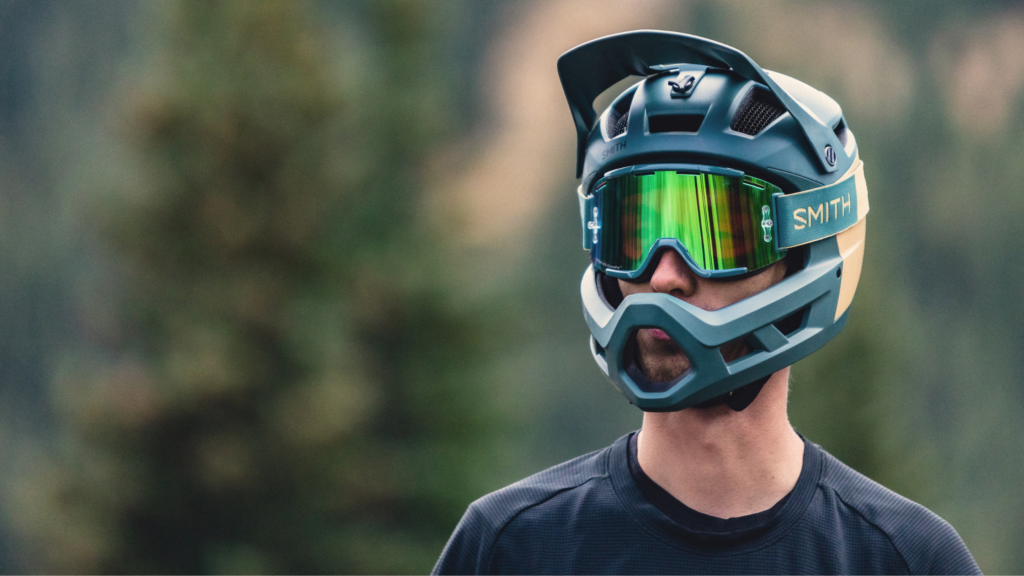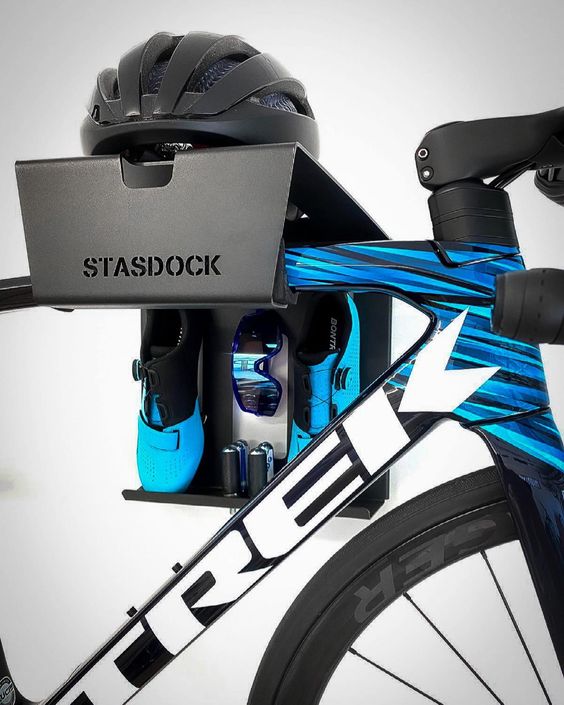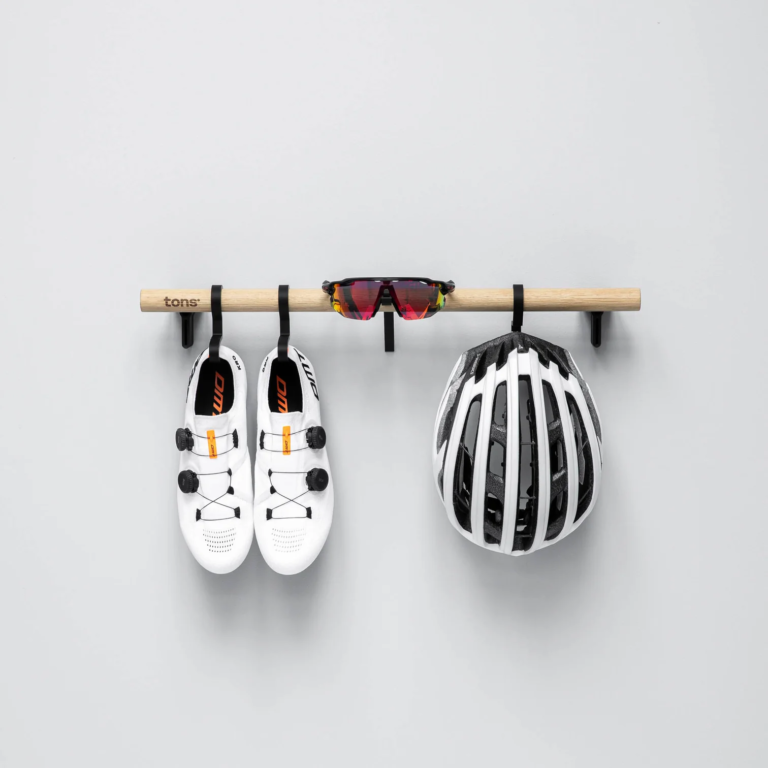How Often Should you Replace your Bike Helmet?

Should You Really Replace Your Bike Helmet? Let’s Chat.
So, how often should you replace your bike helmet? You’ve been biking around town, feeling the wind in your hair (well, above your helmet). Your trusty bike helmet has been with you through thick and thin, sunny days and those unexpected rain showers. But have you ever stopped pedaling for a second and thought, “How long has this thing been on my head? Should I get a new one?”
Let’s dive into that noggin protector of yours and see how often you should be swapping it out.
Why Do We Even Wear These Things?
Before we go trading in Old Faithful, it’s worth pondering why we’re even strapping these things to our heads. Bike helmets aren’t just stylish accessories (though some of them can be quite snazzy). Their primary gig is to be the unsung hero, taking one for the team if you happen to have an unexpected meeting with the pavement. They suck up the shock, keeping our heads safer than if we went commando (head-wise, that is).

The One-and-Done Rule
Here’s the thing – if you’ve had a tumble and your head took a hit, it’s time to bid adieu to that helmet. Even if it’s still looking Insta-worthy. Inside, there’s this foam layer that crushes down to absorb the force, which is awesome for your head but not so great for round two. That foam doesn’t bounce back, so your helmet’s glory days of protection are behind it.
Life Happens, Helmets Wear Out
Your helmet’s not just hanging around waiting for crash day. It’s getting worn out from life. The sun’s rays, those surprise rain showers, even the natural oils from that gorgeous mane of yours can all make the helmet materials throw in the towel over time. If your helmet’s starting to look more vintage than you remember, it might be time to shop.

What do the major helmet manufacturers say about replacing your bike helmet?
Most major helmet manufacturers agree on certain guidelines when it comes to helmet replacement. Let’s take a look at what some of the prominent ones say:
- Giro: One of the leading brands in the cycling helmet industry, Giro recommends that helmets be replaced every 3 to 5 years, depending on use (source: their website’s FAQ section). They also emphasize immediate replacement if a helmet has been in a crash, even if it appears undamaged.
- Bell: Bell, a sister brand of Giro, shares similar sentiments. They suggest that, under normal conditions, a helmet should be replaced every 3 years. If you ride more frequently, they recommend shortening that timeframe. Like Giro, they strongly advocate for immediate replacement post-crash.
- Specialized: This well-known brand recommends a replacement every 3 years, though they do note that advancements in technology could motivate riders to consider replacing even sooner. They also state that any helmet subjected to a significant impact should be retired immediately.
- Trek (with Bontrager-branded helmets): Trek recommends replacing helmets every 3 years or after a crash. Their guidelines align with the general consensus of other major manufacturers.
- MET: MET recommends checking the helmet periodically for signs of wear that might justify replacement. While they don’t give a strict timeline, they do emphasize that a helmet’s protective capacity decreases over time and with exposure to UV light.
- KASK: This high-end helmet brand suggests that, under normal circumstances and if taken good care of, their helmets should last up to 5 years. However, they strongly emphasize replacing helmets that have undergone an impact.
- POC: POC advises riders to consider the intensity and conditions of their rides. For those frequently riding in intense conditions, the helmet’s protective features can degrade faster. They generally align with the industry standard of replacing every 3 to 5 years or after a crash.
It’s worth noting that while manufacturers provide these guidelines, the specifics can vary based on the conditions the helmet is subjected to. UV exposure, sweat, and chemical exposure can all degrade a helmet faster. Furthermore, with the rapid progression of safety technology, even helmets that seem fine might be outdated in terms of protective capability after a few years.
To get the most accurate and up-to-date information, it’s always a good idea to check the specific manufacturer’s website or product documentation that came with your helmet.
Time Flies, Helmets Age
Your helmet might look as good as the day you two met, but underneath, things can change. Invisible wear and tear, like teeny-tiny cracks or foam that’s not as springy, can creep in. So even if it’s been a smooth ride, consider the age factor.

Materials, Materials
It’s like a dating game. Helmets come in all sorts of types:
Polycarbonate love stories: Common in bike helmets, but the sun can make them less bouncy over time. Hard-shell romances: Think BMX or skateboarding. They’re sturdy but still age, especially inside. Carbon fiber flings: Super light, super strong, but they don’t last forever.
Knowing what you’ve got can help you figure out how long it’ll last.
Where’s Your Helmet Hanging?
Tossing your helmet in the car after a ride? If it’s baking in there on a hot day, that’s not doing it any favors. Like that chocolate bar you forgot about in the glove compartment, helmets can get a bit melty (or at least weaker) in the heat. Best to let it chill in a cool spot, away from direct sun.
Keeping the Spark Alive
Want to make the relationship with your helmet last? Here are some pro tips:
Clean Dates: Wipe it down now and then. A deeper clean can be a date night – just you, your helmet, some mild soap, and water.
Avoid Makeovers: That sticker from the cool brewery might not be helmet-friendly. Some adhesives can mess with helmet materials.
TLC: Treat it kindly. If you throw it around or pile stuff on it, those tiny cracks might just start appearing
Let’s Wrap This Up
Alright, here’s the deal. Your helmet has one main job: to have your back (err, head). So while it’s tempting to keep that comfy, perfectly broken-in helmet forever, we’ve got to prioritize safety. The general rule? Every 3 to 5 years, trade it in. But always go with your gut. If something feels off, it might be time for a new one. Because, let’s face it, your brilliant brain deserves the best house possible. Safe riding, pals!
John
Links you may Find Useful
The Best Cross Country Bike Helmets
The Best Downhill Bike Helmets
FAQ’s
How long do cycling helmets last?
Cycling helmets are typically designed to last 3 to 5 years under normal conditions, but their lifespan can be shortened by factors like UV exposure, frequent use, and natural wear and tear. Regardless of age, a helmet should be replaced immediately if it’s been involved in a crash or shows signs of damage, as its protective capabilities could be compromised. Always refer to the manufacturer’s recommendations for specific guidelines on helmet longevity.
How many years is a helmet good for?
A helmet is generally good for 3 to 5 years under normal conditions, but this lifespan can vary based on factors such as material degradation from UV exposure, frequency of use, and how it’s cared for. Importantly, if a helmet has sustained an impact or shows any signs of damage, it should be replaced immediately, regardless of its age. It’s essential to consult the manufacturer’s recommendations for specific guidance on each helmet’s expected lifespan.
Why do you need to replace bicycle helmets regularly?
You need to replace bicycle helmets regularly because their protective materials, especially the inner foam, degrade over time due to factors like UV exposure, sweat, general wear and tear, and environmental conditions. This degradation can compromise their ability to absorb impact effectively. Additionally, if a helmet has been involved in a crash, its structural integrity may be compromised, even if visible damage isn’t apparent, making immediate replacement essential for optimal protection.
Do bike helmets deteriorate?
Yes, bike helmets deteriorate over time. The materials, especially the inner foam, weaken due to factors like UV exposure, sweat, temperature fluctuations, and general wear and tear. This deterioration compromises the helmet’s ability to absorb and disperse impact effectively, potentially reducing its protective qualities during a crash. Regularly checking for signs of wear and following manufacturer’s replacement guidelines ensure optimal safety.






